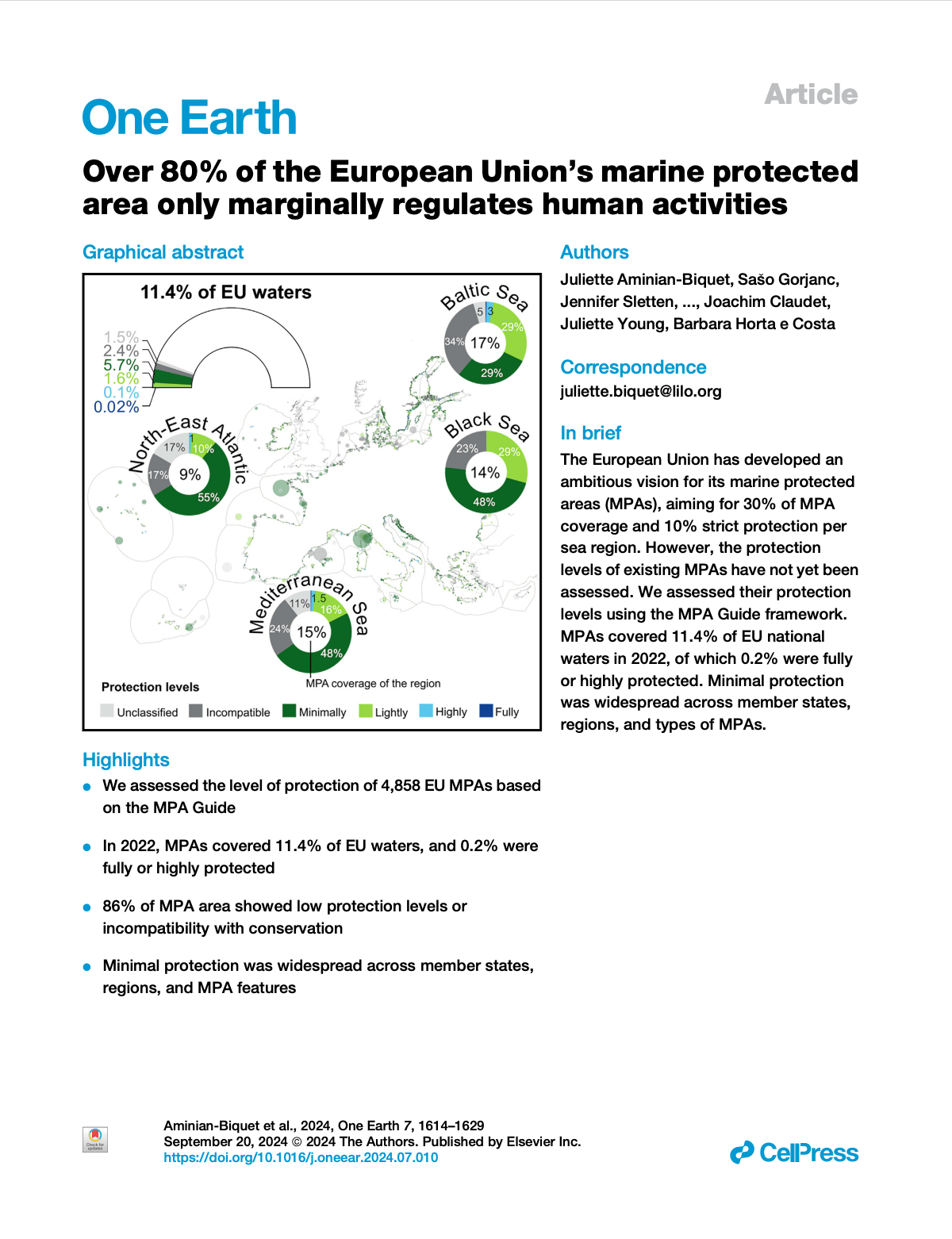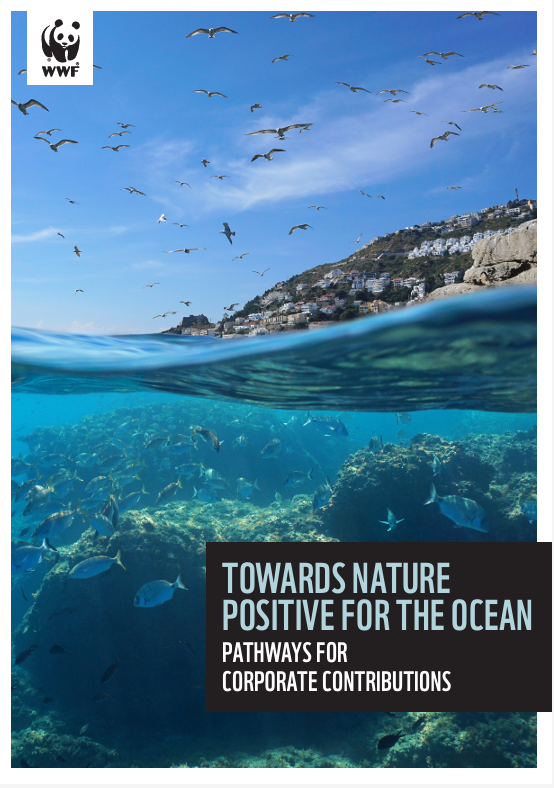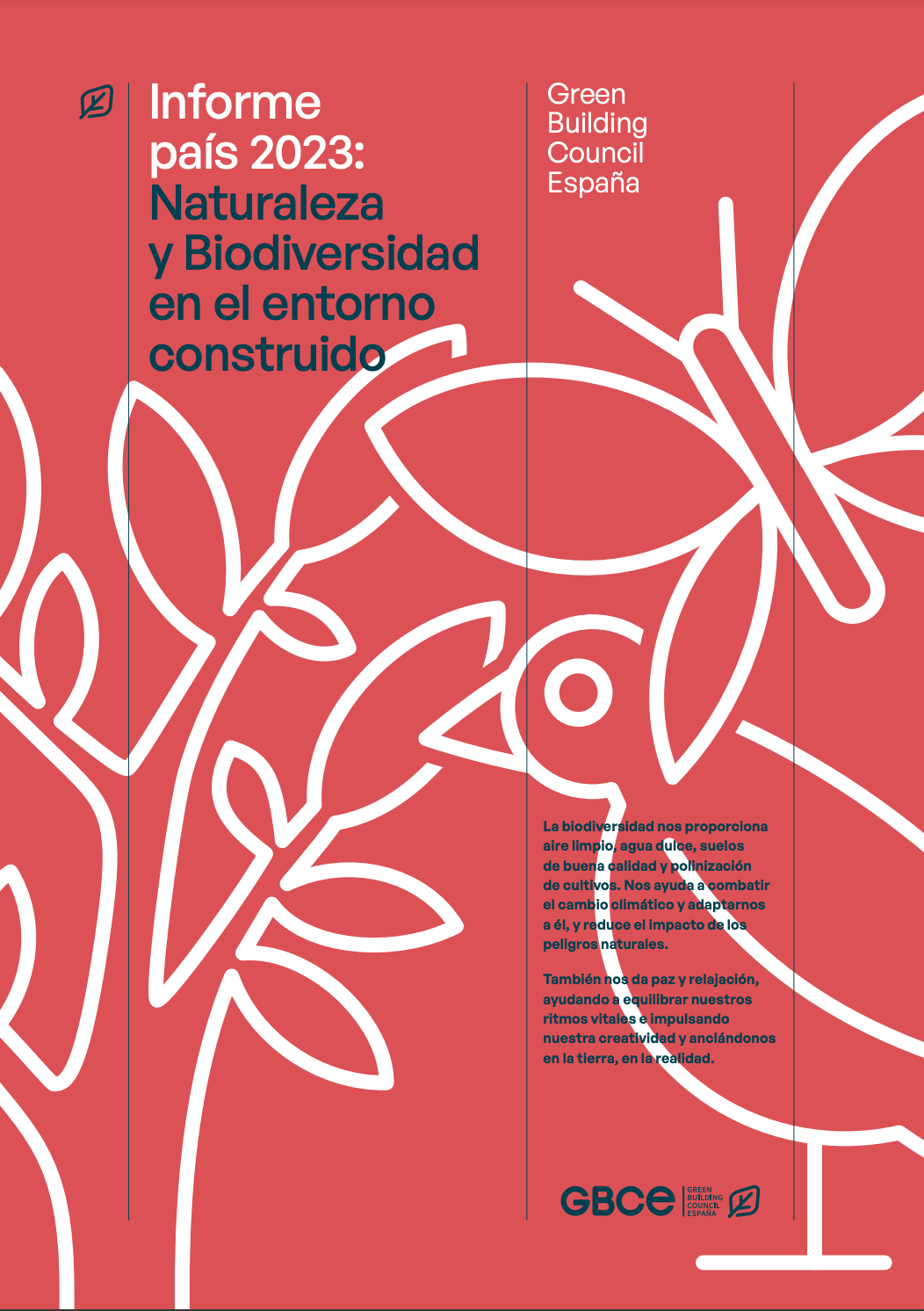Detalles
| The planetary limit of biodiversity, both in terms of species disappearance – genetic loss – and functionality, presents a much greater level of urgency and degradation than climate change. This is stated in the GBCe Country Report 2023: Nature and biodiversity, by Green Building Council Spain (GBCe), which specifies that seven out of 10 species of wild animals have disappeared since 1970 – according to WWF data – and that of the eight million species that exist, one million are in danger of extinction and could end up becoming extinct in a few decades – according to the UN. Changes in land use, overexploitation, pollution, invasive alien species and climate change are the five direct drivers of biodiversity loss, the document highlights. These direct drivers, along with a number of underlying causes – indirect drivers – including production and consumption habits, human population dynamics and trends, trade, technological innovations and governance systems, are responsible for biodiversity loss – as specified by the Intergovernmental Science-Policy Platform on Biodiversity and Ecosystem Services (IPBES). The report addresses the situation of buildings in the face of the challenge of biodiversity, and highlights that, in terms of buildings, it is necessary to differentiate biodiversity inside and outside cities. Building is having an impact on what is not seen, on what is outside the cities, changing land use on a large scale for the extraction of raw materials, the deforestation of large areas for the use of wood without a chain of custody and, above all, polluting ecosystems due to emissions from factories. buildings, etc. In addition, large amounts of water are being consumed outside cities to manufacture materials required within cities, so it is necessary that the prescription of these materials takes into account the impact they have on biodiversity. Faced with this scenario, a new way of relating to nature is necessary that takes into account the functions it offers us as a support for life and that moves away from the conception of economic progress based on GDP. |
Recursos relacionados

Over 80% of the European Union’s marine protected area only marginally regulates human activities
Our oceans guarantee our food, climate regulation and well-being, but they are greatly threatened by heatwaves, overfishing and the destruction…

Ecological restoration: examples of technical bases and practical solutions
The restoration of degraded spaces is a process subject to continuous scientific and technical improvement, which is a challenge for…

Towards Nature Positive for the Ocean: Pathways for Corporate Contributions
Guidance designed to support businesses operating in marine and coastal environments.


